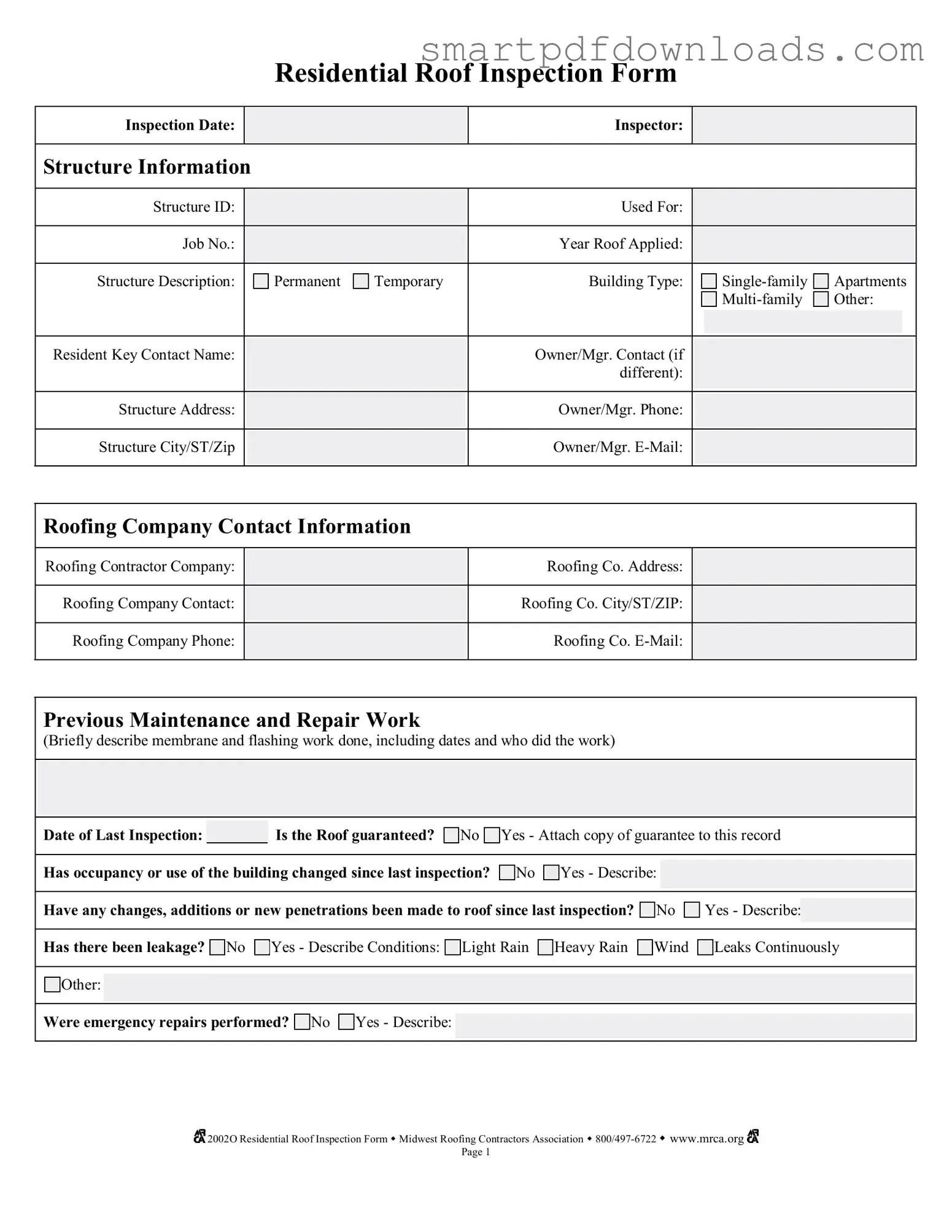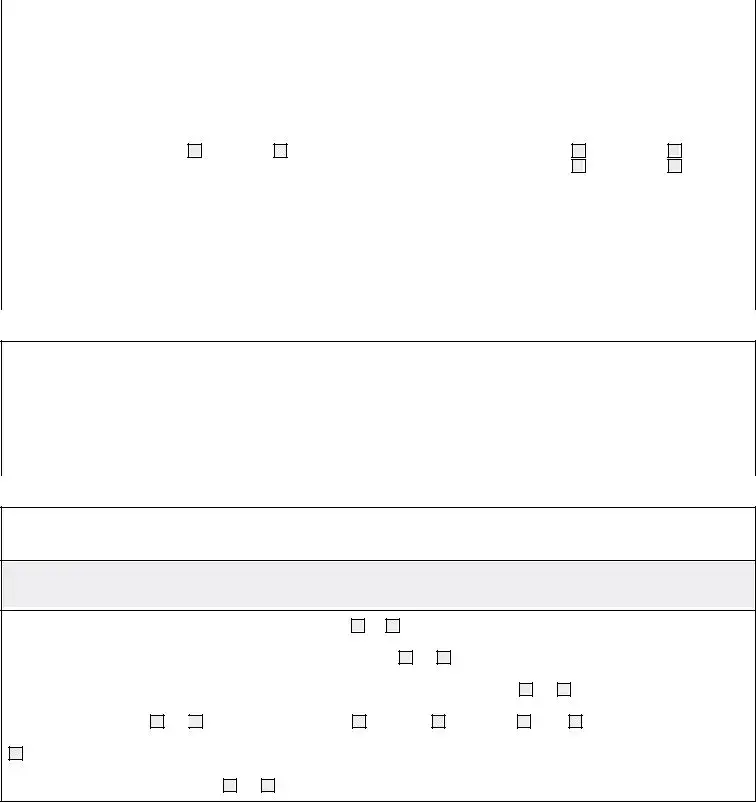Misconception 1: The Roof Inspection form is only for new roofs.
This is false. The form is essential for both new and existing roofs. It helps track the condition of the roof over time, regardless of its age.
Misconception 2: A roof inspection is only necessary after a storm.
While storms can cause damage, regular inspections are crucial. They help identify potential issues before they become serious problems, ensuring the roof remains in good condition.
Misconception 3: The form is too complicated to fill out.
In reality, the Roof Inspection form is designed to be user-friendly. It includes clear sections that guide the inspector through the process, making it straightforward to complete.
Misconception 4: You only need to inspect the roof itself.
Inspecting the roof is important, but the form also requires checking surrounding structures. This includes walls, drains, and penetrations, all of which can impact the roof's performance.
Misconception 5: You don't need to keep a record of inspections.
Keeping a record is vital. Documentation helps track maintenance history and can be essential for warranty claims or insurance purposes.
Misconception 6: If there are no visible leaks, the roof is in good condition.
Not all roof issues present immediate signs. Problems like hidden mold or structural damage can exist without visible leaks. Regular inspections help catch these issues early.
Misconception 7: The inspection form is optional.
Using the Roof Inspection form is not optional if you want to maintain your roof's integrity. It's a critical tool for documenting the roof's condition and planning necessary repairs.


 2002O Residential Roof Inspection Form w Midwest Roofing Contractors Association w
2002O Residential Roof Inspection Form w Midwest Roofing Contractors Association w 

 2002O Residential Roof Inspection Form w Midwest Roofing Contractors Association w
2002O Residential Roof Inspection Form w Midwest Roofing Contractors Association w 

 2002O Residential Roof Inspection Form w Midwest Roofing Contractors Association w
2002O Residential Roof Inspection Form w Midwest Roofing Contractors Association w 

 2002O Residential Roof Inspection Form w Midwest Roofing Contractors Association w
2002O Residential Roof Inspection Form w Midwest Roofing Contractors Association w 

 2002O Residential Roof Inspection Form w Midwest Roofing Contractors Association w
2002O Residential Roof Inspection Form w Midwest Roofing Contractors Association w 